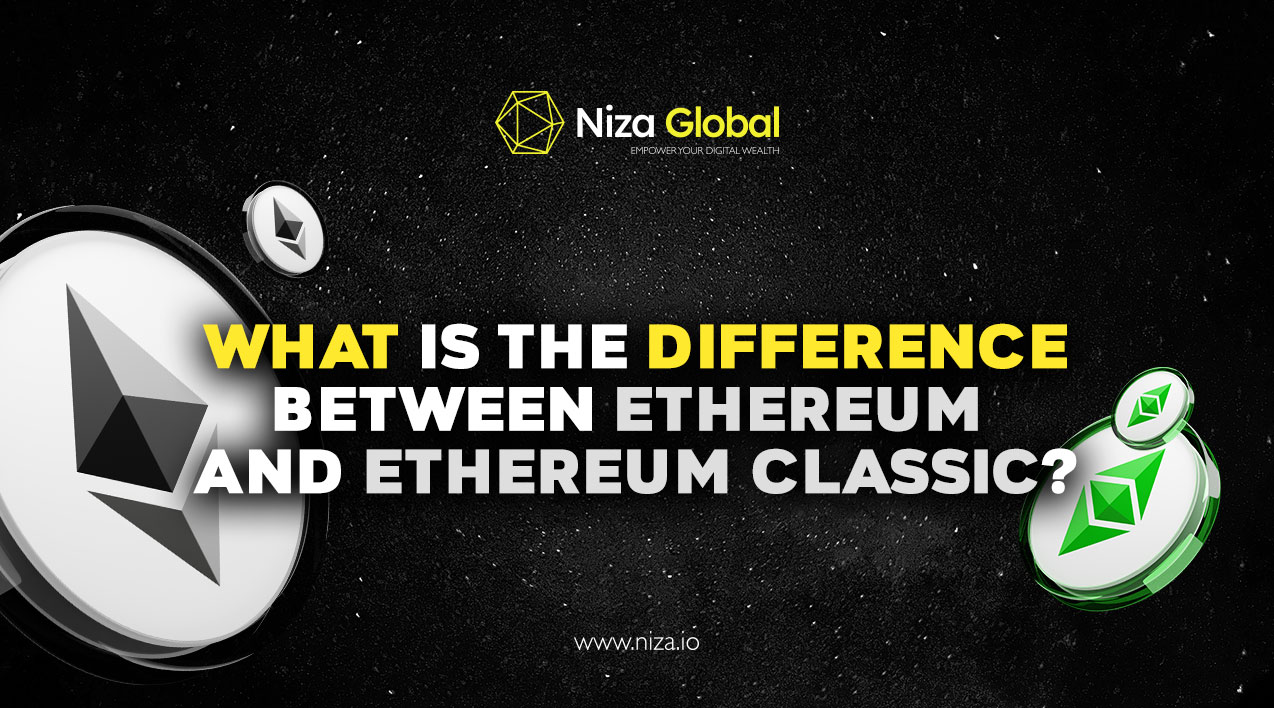Ethereum and Ethereum Classic are two separate blockchain networks that originated from the same platform. While Ethereum has evolved with upgrades and changes, Ethereum Classic has maintained the principles of the original Ethereum blockchain. The two differ in their design philosophies, consensus mechanisms, and overall market value.
The Origins of Ethereum and Ethereum Classic
Ethereum and Ethereum Classic share a common history. Both were part of the original Ethereum blockchain, which was launched as an open-source, decentralized platform for smart contracts and decentralized applications (dApps). However, a major event in 2016, known as The DAO Hack, led to their split.
The DAO (Decentralized Autonomous Organization) was a pioneering crowdfunding project that raised a substantial amount of Ether (ETH). However, due to a vulnerability in its smart contract code, a hacker managed to exploit it, leading to the loss of approximately 3.6 million Ether, worth around $50 million at the time.
To address this, the Ethereum community decided to implement a hard fork, effectively reversing the hack and restoring the lost funds. The newly forked blockchain retained the name Ethereum (ETH), while the original, unaltered blockchain continued as Ethereum Classic (ETC).
Ethereum Classic: Preserving the Original Philosophy
Ethereum Classic (ETC) adheres to the principle of “Code is Law,” meaning that transactions and smart contracts should be immutable, regardless of external circumstances. This philosophy underscores a commitment to decentralization and censorship resistance.
Key characteristics of Ethereum Classic:
- Uses the proof-of-work (PoW) consensus mechanism.
- Maintains a fixed supply of approximately 210.7 million ETC.
- Focuses on retaining the original vision of Ethereum as an unchangeable, decentralized network.
Ethereum: A Network of Continuous Evolution
Ethereum (ETH), on the other hand, has undergone several upgrades to enhance scalability, security, and energy efficiency. Unlike Ethereum Classic, Ethereum does not have a fixed supply and has adopted major changes over time.
Key characteristics of Ethereum:
- Transitioned from proof-of-work (PoW) to proof-of-stake (PoS) with the Ethereum 2.0 upgrade.
- Powers a vast ecosystem, including DeFi (Decentralized Finance), NFTs (Non-Fungible Tokens), and dApps.
- Implements continuous improvements, such as the EIP-1559 upgrade, which introduced a fee-burning mechanism to reduce ETH supply over time.
Choosing Between Ethereum and Ethereum Classic
Both Ethereum and Ethereum Classic offer unique advantages and cater to different segments of the blockchain community. Ethereum Classic remains focused on immutability and a fixed supply, making it appealing to those who prioritize security and decentralization. Meanwhile, Ethereum’s adaptability and continuous upgrades make it a dominant force in the blockchain industry, enabling widespread innovation.
Ultimately, the choice between the two depends on an individual’s priorities—whether it be strict adherence to decentralization or embracing innovation and scalability within the evolving blockchain ecosystem.


